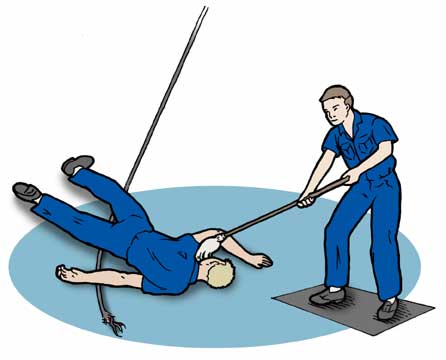To answer this question (possibly in part) the D63 MCB is a Merlin Gerin Double Pole 63 AMP MCB and under 530.3.4 - which seems to require that only protective devices specified by the manufacturer can be used in a CU, so even if the CU complies with BS EN 60439-3 the D63 MCB must be specified by the CU manufacturer, if it's not Merlin Gerin then the answer is at this point is very likely no. BS EN 61008 (I assume -1) actually applies to an RCCD which has NO overcurrent protection, I assume that this scenario then has no overcurrent protection, the answer is then no.
Also you haven't specified the In. (I delta n)
If the cable complies with BS 6004 and I assume has a cpc then it must meet with the capacities as specified in table 4D5A depending on the installation method and de-rated accordingly to operating temperature, as you haven't specified the types and rating of any lighting loads then I would answer no on this aspect as one would have to measure/test all loads. ... but we will see what the official iet answer is ..

WTF are you on man ?


